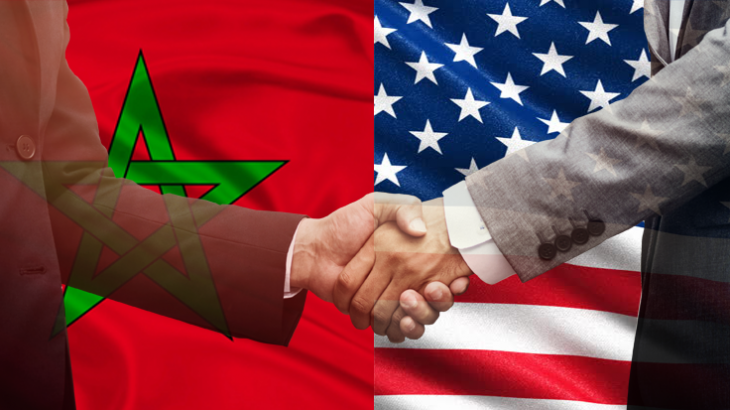As the Inflation Reduction Act (IRA) of 2022 makes waves worldwide, Moroccan industrialists voice their concerns about the future of their exports to the United States. This landmark legislation, significant in both scope and commitment to reducing greenhouse gas emissions, represents a turning point for the global economy. But what impact will it have on the age-old economic relations between Morocco and the United States, especially in the context of trade valued at several billion dollars?
The American IRA: A $400 Billion Bet on the Future
Adopted in the summer of 2022, the IRA allocates nearly $400 billion to support the United States’ transition to a greener economy, with the ambitious goal of reducing greenhouse gas emissions by over 50% by 2030. This legislative initiative, one of the most significant to date in terms of environmental protection, highlights financial incentives for American consumers and businesses, promoting the purchase of electric vehicles and investment in renewable energies.
Potential Impact on Moroccan Exports
Morocco, whose exports to the United States reached about $5 billion in 2019 before the pandemic, sees the IRA as both a challenge and an opportunity. The enticing subsidies and tax credits offered by the IRA could encourage American companies to favor local suppliers, thus posing a risk to Moroccan exporters, particularly in key sectors such as electric vehicles, green hydrogen, and batteries.
A Long-standing Trade Alliance
The Free Trade Agreement (FTA) between Morocco and the United States, in effect since January 2006, has played a crucial role in increasing trade exchanges, which soared from $925 million in 2005 to $5 billion in 2019, thus marking a growth of over 500%. This robust economic partnership is now at a crossroads, requiring strategic adaptation to integrate the new market realities induced by the IRA.
Moroccan Ambitions in the IRA Era
Faced with these new challenges, Morocco is sparing no effort to consolidate its position as an African leader in cutting-edge sectors, notably green hydrogen. The Moroccan government has launched the Morocco Green Hydrogen Initiative, underscoring its commitment to attracting substantial foreign investments. With initiatives such as producing parts for Tesla and LG Chem’s announcement of its intention to make Morocco a base for the production of LFP cathodic materials, Morocco strategically positions itself to meet the IRA’s requirements while targeting the North American market.
Conclusion
As 2024 approaches, Morocco prepares to navigate the changing waters of international trade relations, with the IRA as a potential catalyst for change. The kingdom’s efforts to align with the IRA’s environmental and economic objectives reflect its ability to adapt to global dynamics while seeking to preserve and enrich its long-standing partnership with the United States. The future of Moroccan-American trade will depend on the ability of both nations to find common ground in this new global context.
Related Articles:
